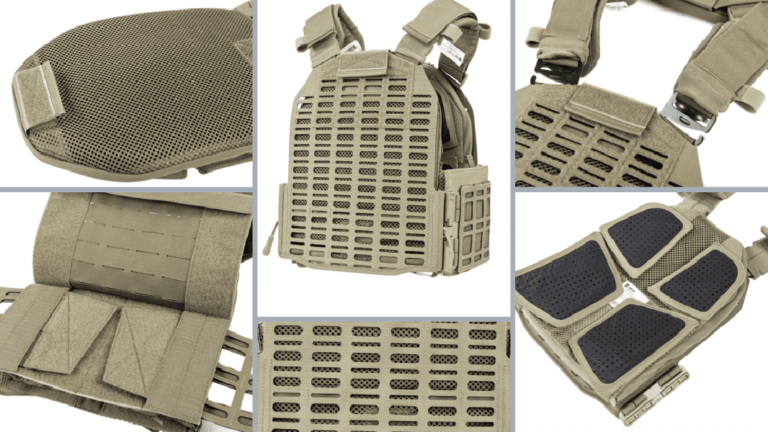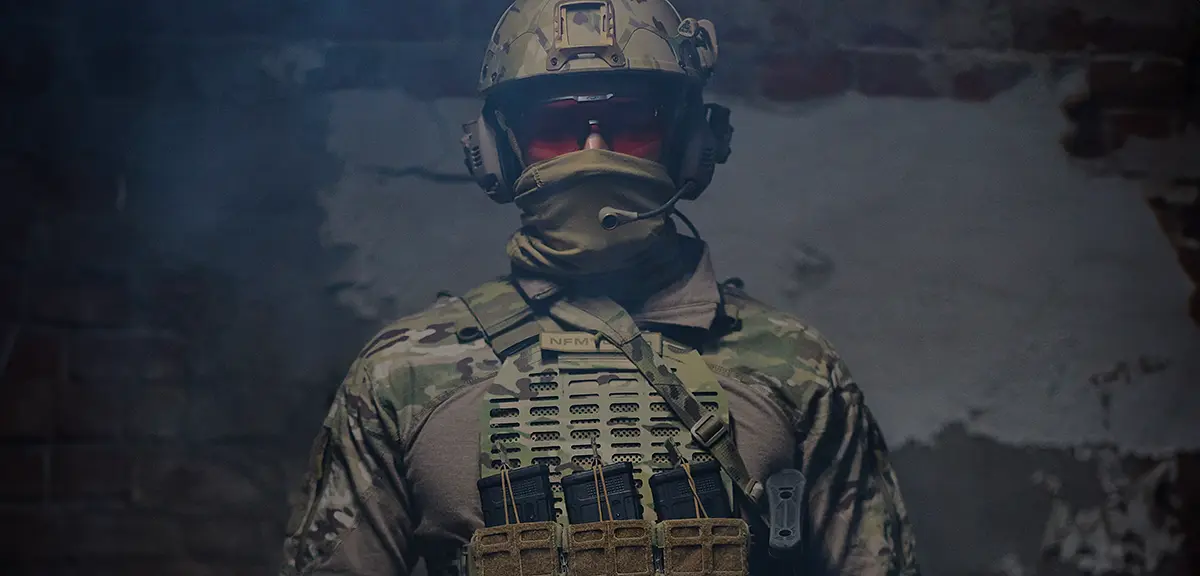Egyenlőre nincs tippem. Szerintem nincs nem kevlárváltozat. Után próbálok járni. Az USA-ból jött már kupak nekem 800 helyett 400-ért kiszállítva, hibátlan volt.Ez a sisak 1200Dollár+ a hivatalos oldalon, 500-ért valami nem kerek (nem a carbon kompozit változat?). Csak a párnák és a szíj, ha külön veszed kb 300 Dollár.
A külön vásárlás amúgy nem releváns, ha egy termék teljes árát nézzük, ezt te is tudod. Egyébként ha a matekot nézzük teljesen igazad van.










 :
: